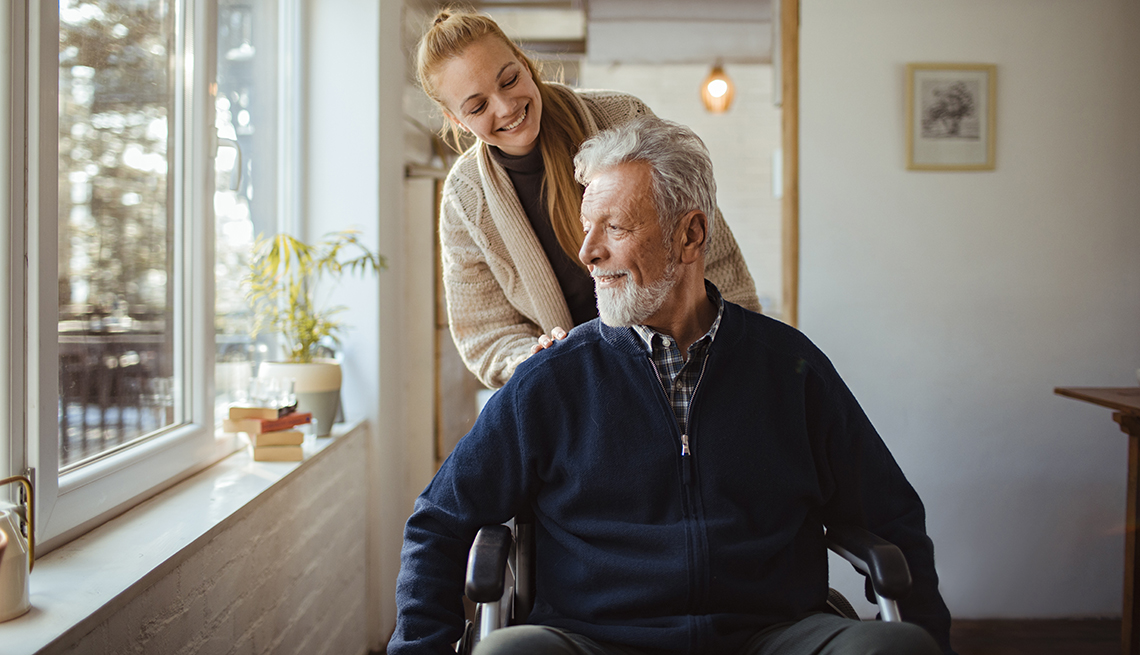- Select a language for the TTS:
- UK English Female
- UK English Male
- US English Female
- US English Male
- Australian Female
- Australian Male
- Language selected: (auto detect) - EN
Play all audios:
KELLY MCEVERS, HOST: A hundred-and-fifty years ago, the Guna people of Panama left the mainland to escape deadly mosquitoes that carried malaria. They ended up in low-lying islands in the
Caribbean. But now rising sea levels are forcing the Guna people to go back to the mainland, and that is changing the way they live. Jacob McCleland of member station KGOU reports. JACOB
MCCLELAND, BYLINE: Jaime Avila zooms his motorboat over clear blue Caribbean water and tosses a baited hook overboard. Avila, like many indigenous Gunas who live off of Panama's
Northeastern coast, used to fish every day. Now instead of fishing, he mostly shuttles tourists from island to island. But the water is now the enemy. JAIME AVILA: (Speaking Spanish).
MCCLELAND: "Because Arctic ice is melting," he says, and that means rising sea levels fueled by climate change threaten to swamp the Guna's tiny islands flecking Panama's
coast. And leaders in Avila's community, Gardi Sugdub, a tiny island about a mile from the coast, plan to relocate to a hereditary tropical rain forest on the mainland. Avila says
they'll lose a long tradition of living off the sea. AVILA: (Through interpreter) I believe we'll lose a little bit of that style. We'll always be surrounded by a mountain
landscape, by green. MCCLELAND: Heliodoro Hartman is an elementary school teacher. Standing outside the school, he points to a line along the wall where high tide now reaches just short of
flooding the small building. The rising tide has been gradual. People are becoming accustomed to this, he says. HELIODORO HARTMAN: (Speaking Spanish). MCCLELAND: He says last year, a violent
storm ripped the roof right off the school and brought a surge of seawater that swamped the island. The view from the school is stunning. It sits amid thatched huts just yards from the
water's edge. But the location has become a liability. Community leader Blas Lopez leads me through Gardi Sugdub's sandy paths. He says many Guna travel by boat to the mainland
every day where they farm, hunt and fetch fresh water for their islands. Satellite images show the Guna's uninhabited islands are shrinking, and scientists estimate the sea along
Panama's Caribbean coast is going up by about 4 millimeters a year. That may seem like nothing, but these islands barely peak above the water's surface. BLAS LOPEZ: (Speaking
Spanish). MCCLELAND: Lopez says, "Guna communities could disappear within 50 to a hundred years," and that threatens a vibrant island culture where children practice traditional
songs and dances like this one and the indigenous Guna language is more commonly spoken than Spanish. The Guna bear some of the responsibility for the strong storm surges that torment their
islands. For years, they mined nearby reefs and used the coral to expand the size of their islands, removing a natural barrier that protects them from the waves. In June, the Panamanian
government promised to build housing for 300 families who have signed up to move. But progress is slow, and there's no basic infrastructure on the mainland like plumbing, electricity
and trash service. Pablo Presiado is one of Gardi Sugdub's seven sailas - a spiritual leader who makes decisions for the island. He says people shouldn't panic and move before a
new home is ready. PABLO PRESIADO: (Through interpreter) Where are we going to go to the bathroom, or where we going to get rid of our trash? There's no electricity. There are
mosquitoes. There's no food. There are no stores. How are we going to go there now? MCCLELAND: If Gardi Sugdub succeeds in moving, it'll be the first documented indigenous
community in Latin America to relocate as a result of climate change according to international human rights organization Displacement Solutions. Other Guna communities - about 28,000 people
in total - are watching closely to learn from Gardi Sugdub's experience. Community leader Blas Lopez says many of the island's older residents are hesitant. LOPEZ: (Speaking
Spanish). MCCLELAND: "They want to live like they live now," he says, "next to the sea." Lopez says he'll miss the island life. He's been fishing and swimming
in the ocean since he was a little kid. But now he's psychologically prepared to move. For NPR News, I'm Jacob McCleland. MCEVERS: Imagine a forest that has taken your breath away,
and then imagine going to visit the forest again and seeing nothing, like, for an hour as you keep driving and driving. That is what's happening in Brazil's rainforest, and
it's what NPR photographer Kainaz Amaria documented during two weeks she recently spent in the Amazon. You can see her pictures at npr.org/brazil. AUDIE CORNISH, HOST: We want you to
visit the site and understand why the issue is so complicated. Transcript provided by NPR, Copyright NPR.





